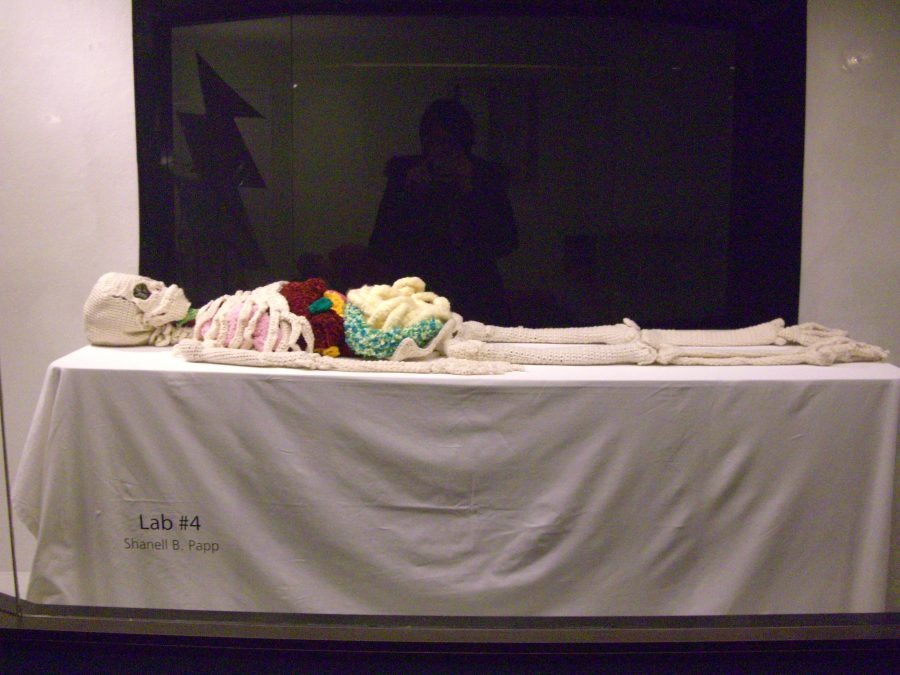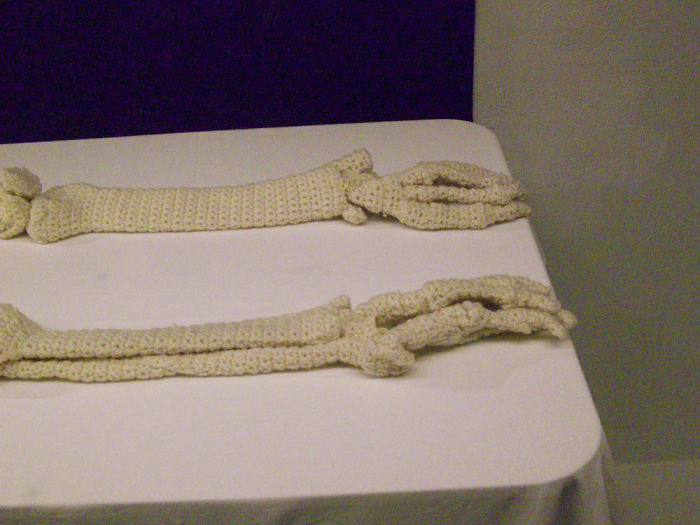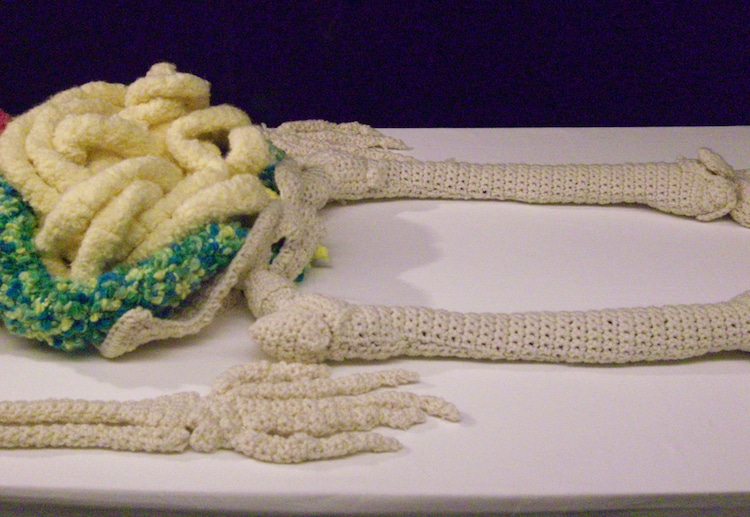“There are a lot of dystopias around these days,” writes Kim Stanley Robinson in his recent essay “Dystopia Now.” This, of course, “makes sense, because we have a lot of fears about the future.” We also have a lot of fears about the present, which get mapped onto the future in dystopian fiction, a genre that has become “part of our all-encompassing hopelessness.”
Dystopias feel familiar, even comforting, in that no matter how bad things are, they are perhaps not quite as bad yet as the darkest visions of science fiction. We might still change course if we can finally heed the warnings. But literary and cinematic pessimism, either as grim escapism or a wake-up call, “has done its job,” Robinson argues, “it’s old news now, perhaps it’s self-indulgence to stay stuck in that place any more.”
Another legendary sci-fi writer, Ursula K. Le Guin agreed. “We keep writing dystopias,” she remarked in a 2017 essay, “instead of envisioning a better world.” Le Guin, who passed away last year, wrote of “ambiguous,” “clearsighted,” and “troubled” utopias. And she practiced, over the course of her long career, what Robinson calls our current “task at hand”—“to imagine ways forward to that better place.” We may not see much reason for optimism, but utopian thinking, “is realistic: things could be better.”
An anarchist, feminist, and environmentalist, Le Guin might be called an “ideological” writer, but not in the derogatory sense the word implies. All artists have ideological frameworks, whether they’re aware of them or not, and Le Guin was very much aware of the lenses she used to see the world, what Robinson defines as “the imaginary relationship to our real conditions of existence.”
She consciously restructured her work to imagine new worlds in terms outside the oppressively hegemonic norms that govern ours, norms created by what she called the “yang” desire for absolute control. “I had to rethink my entire approach to writing fiction,” she says above in Worlds of Ursula K. Le Guin, a new PBS documentary directed by Arwen Curry, available free to stream for a limited time.
“It was important,” Le Guin goes on, “to think about privilege and power and domination in terms of gender, which is something science fiction and fantasy had not done.” In so doing, Le Guin showed her readers it was possible to imagine functional, believable, even attainable alternatives to stark realities that seem too deeply entrenched to ever change. She showed other sci-fi and fantasy writers that they could do the same.
The documentary features appearances from contemporaries and successors to Le Guin’s world-building brilliance, including Margaret Atwood, Samuel R. Delany, Analee Newitz, China Miéville, Neil Gaiman, Michael Chabon, and David Mitchell, all of whom cite her as an influence and inspiration. (“I read A Wizard of Earthsea,” says Mitchell, “and things rearranged in my head.”)
In a way, reading Le Guin for the first time feels like being given a pair of VR glasses through which to see what’s truly possible, if only we had the will to collectively imagine it into being. She did not think of utopianism as an eternal state of perfection or a thought experiment, but as a “process,”as Kelly Lynn Thomas writes at The Millions, of “reflection and adjustment, learning and growth… communication and respect, self-awareness and honesty.”
Though the word is typically deployed to describe dangerous naivete or pie-in-the-sky thinking, utopianism need not be a grasping after “rational human control of human life,” Le Guin wrote. Utopias always contain some measure of dystopia, she recognized. But she proposed that we find balance by imagining what she calls “yin utopias,” spaces that involve “acceptance of impermanence and imperfection, a patience with uncertainty and the makeshift, a friendship with water, darkness, and the earth.”
Such are the ideals that informed her vast imaginative output over the course of nearly 60 years, including 21 novels, 11 volumes of short stories, essay collections, children’s books, and poetry. In Worlds of Ursula K. Le Guin, we learn how she developed and refined her creative vision, and her critiques of totalizing “yang” utopianism and its despairing opposite. The film is available to stream in full online for a limited time. Watch it above or on PBS’s American Masters page before it’s gone.
Related Content:
Celebrate the Life & Writing of Ursula K. Le Guin (R.I.P.) with Classic Radio Dramatizations of Her Stories
Ursula K. Le Guin’s Daily Routine: The Discipline That Fueled Her Imagination
Ursula K. Le Guin Names the Books She Likes and Wants You to Read
Josh Jones is a writer and musician based in Durham, NC. Follow him at @jdmagness








